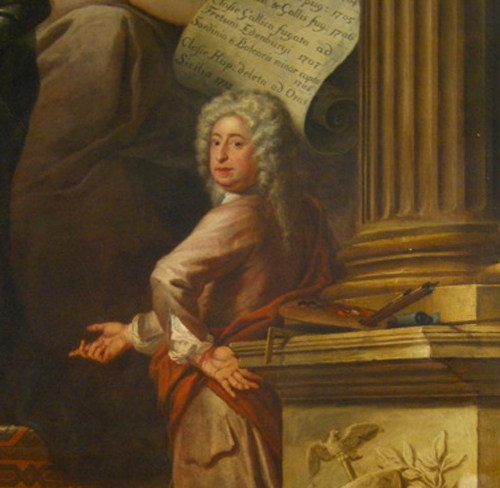History Painting in England: Benjamin West, Philip James de Loutherbourg, J.M.W. Turner
Historian article

History Painting is defined in Grove's Dictionary of Art as the ‘depiction of several persons engaged in an important or memorable action, usually taken from a written source.'
Though History Painters as important as Rubens and Van Dyke worked - in Van Dyke's case for nine years - in England, the preference of English patrons for portrait work and a Protestant hostility to depiction of scenes from the New Testament (an important sub-division of the History Painting genre) meant that England fell well behind the rest of western Europe in this field.
The first important English History Painter was Sir James Thornhill (1675-1734). He benefited from the growing latitudinarianism of the Church of England, which gave him the opportunity to paint scenes from the life of the apostle in the dome of the new St. Paul's Cathedral. In the next generation William Hogarth, Thornhill's son-inlaw, painted a number of large canvases on Biblical themes in a somewhat unsuccessful attempt to obtain recognition as a ‘serious' painter, rather than merely a practitioner of humorous ‘genre', with such examples as ‘The Pool of Bethesda' (1736) for St. Bartholomew's Hospital, ‘Moses Brought Before Pharaoh's Daughter' (1746) for the Foundling Hospital, and a huge altar triptych for St. Mary's Redcliffe in Bristol (1755)...
This resource is FREE for Historian HA Members.
Non HA Members can get instant access for £2.75

